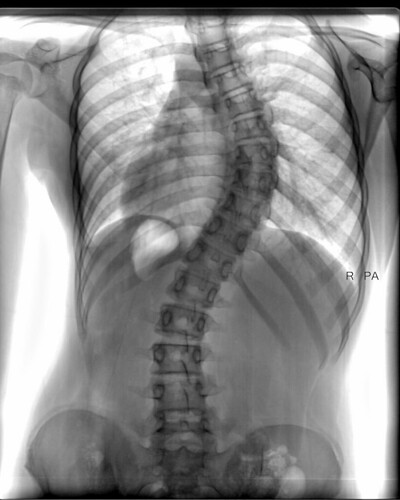BONE:
Properties:
- Highly Vascular
- Connective Tissue
- Strong
- Durable
- Light
- Dynamic
Functions:
- Support
- Movement
- Protection
- Mineral Storage
- Haemopoesis
- Energy Storage
Composition:
- Organic - Collagen Fibres which provides resistance and resilience
- Inorganic - Hydroxyapite crystals for strength
Classification:
- Trabecular Bone - Trabeculae is orientated so stress is evenly beared
- Cortical Bone -Various thickness
Long Bones:
Humerous, Radius, Ulna, Femur, Tibia, Fibula, Metacarpals and Metatarsals.
- Distribute stress evenly
- Slightly curved
- Trabecula at epiphysis
- Cortical throughout shaft
Short Bones:
Carpals and Tarsals
Cranial Bones, Sternum, Ribs and Scapula
Vertebrae and some facial bones
- Varying ratios of Cortical to Trabecular
Sesamoid Bones:
Bipartite Patella and Pistiform
- Found inside tendon where it passes over a joint
Bone Surface Markings:
Trocanter, Tuberosity and Tubercle
- Transmit nerves and vessels
- Sulcus, Foramen, Fissure
Ossification
The process by which connective tissue is replaced by bone.
Intramembranous Ossification:
Skull bones
- Occurs in loose connective tissue membranes
Endochondrial Ossifcation:
Long Bones
- Formation occurs in hyaline models
- Perichondral cells differentiate into Osteoblasts
- Occurs in long bones at 8th week of intrauterine life
Epiphysal plate:
Real People Have Careers
Vertically:
Resting
Proliferating
Hypertrophic
Calcified
Horizontally:
Periosteal cells differentiate into osteoblast which surround themselves in bone matrix







0 comments:
Post a Comment